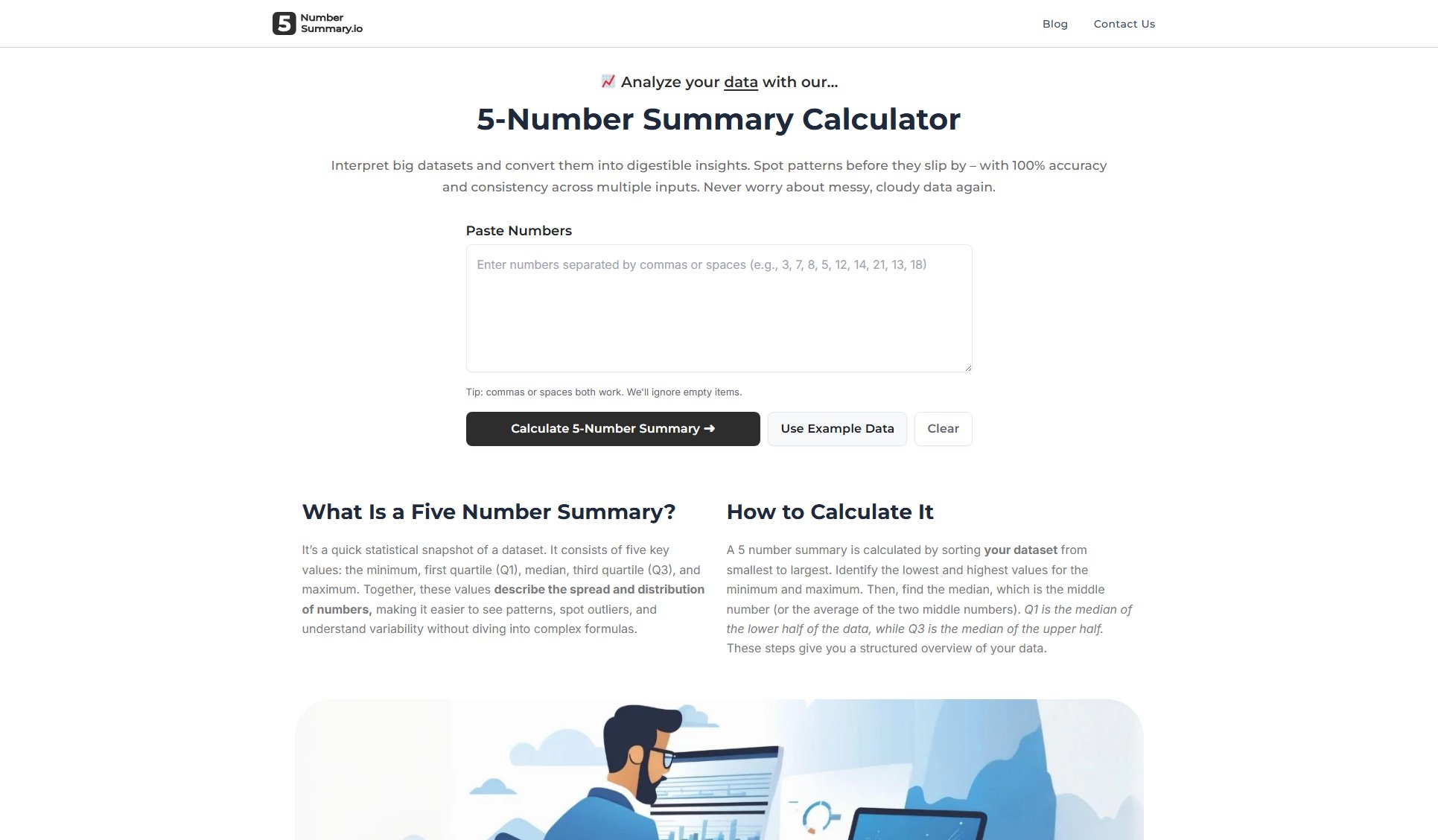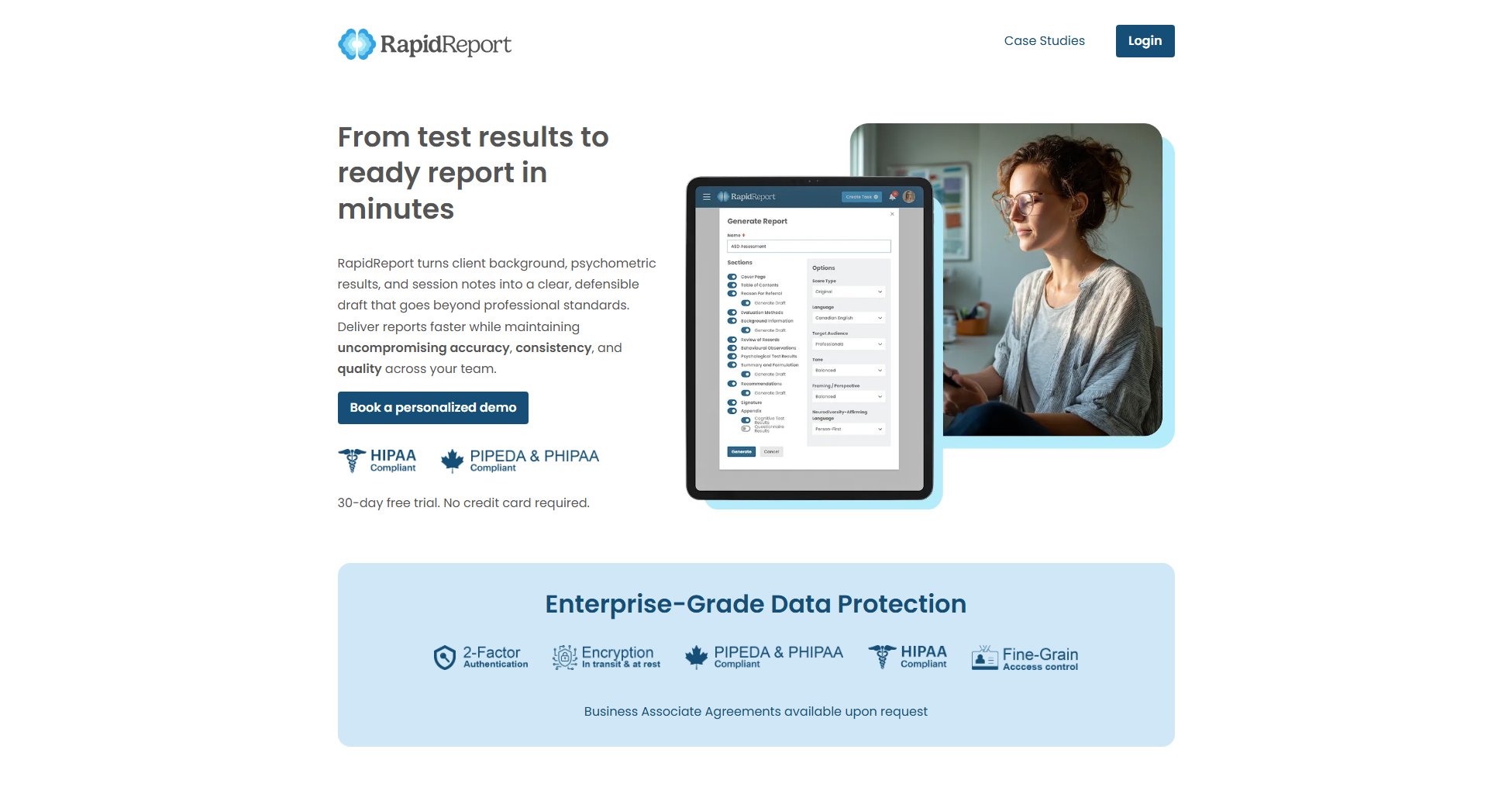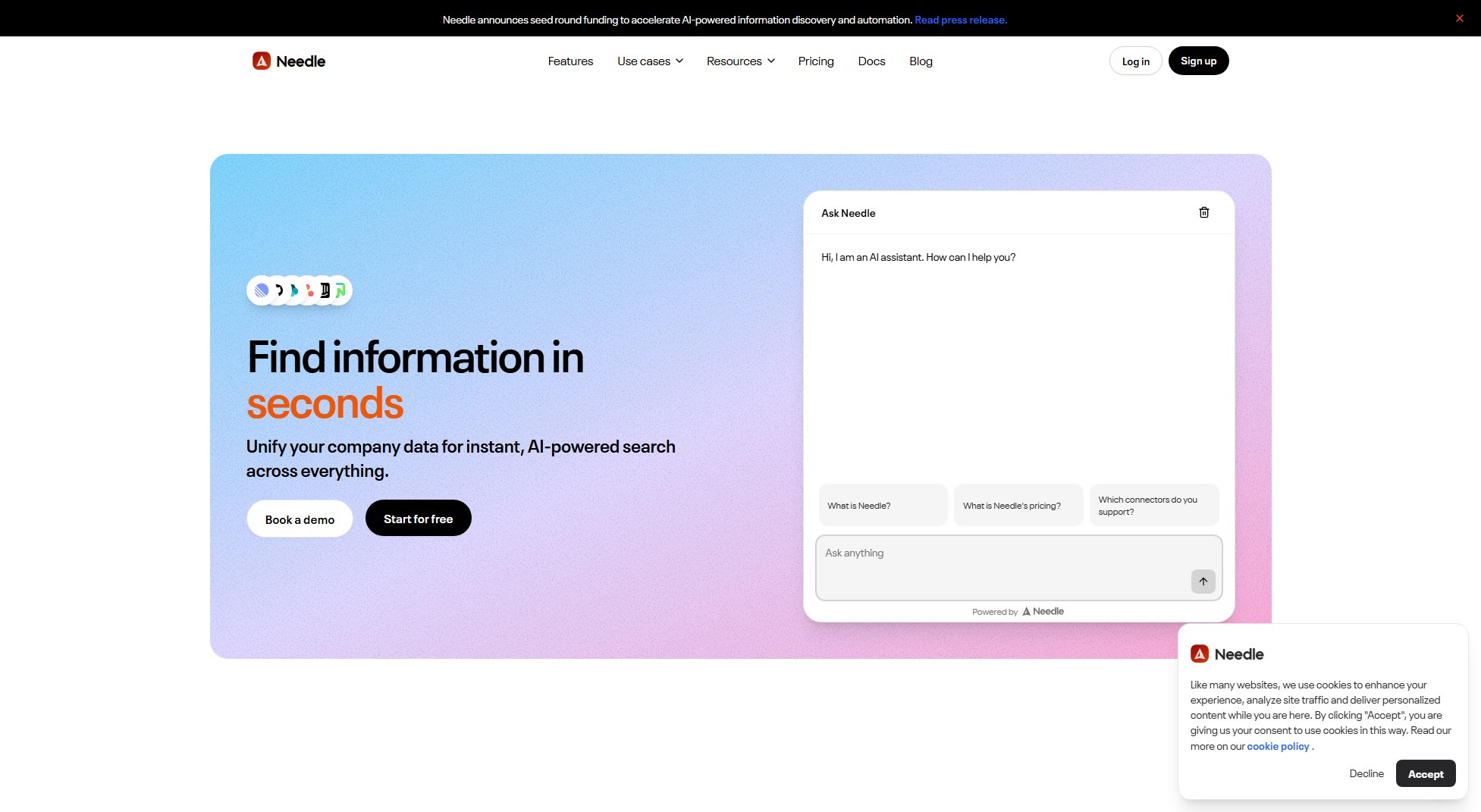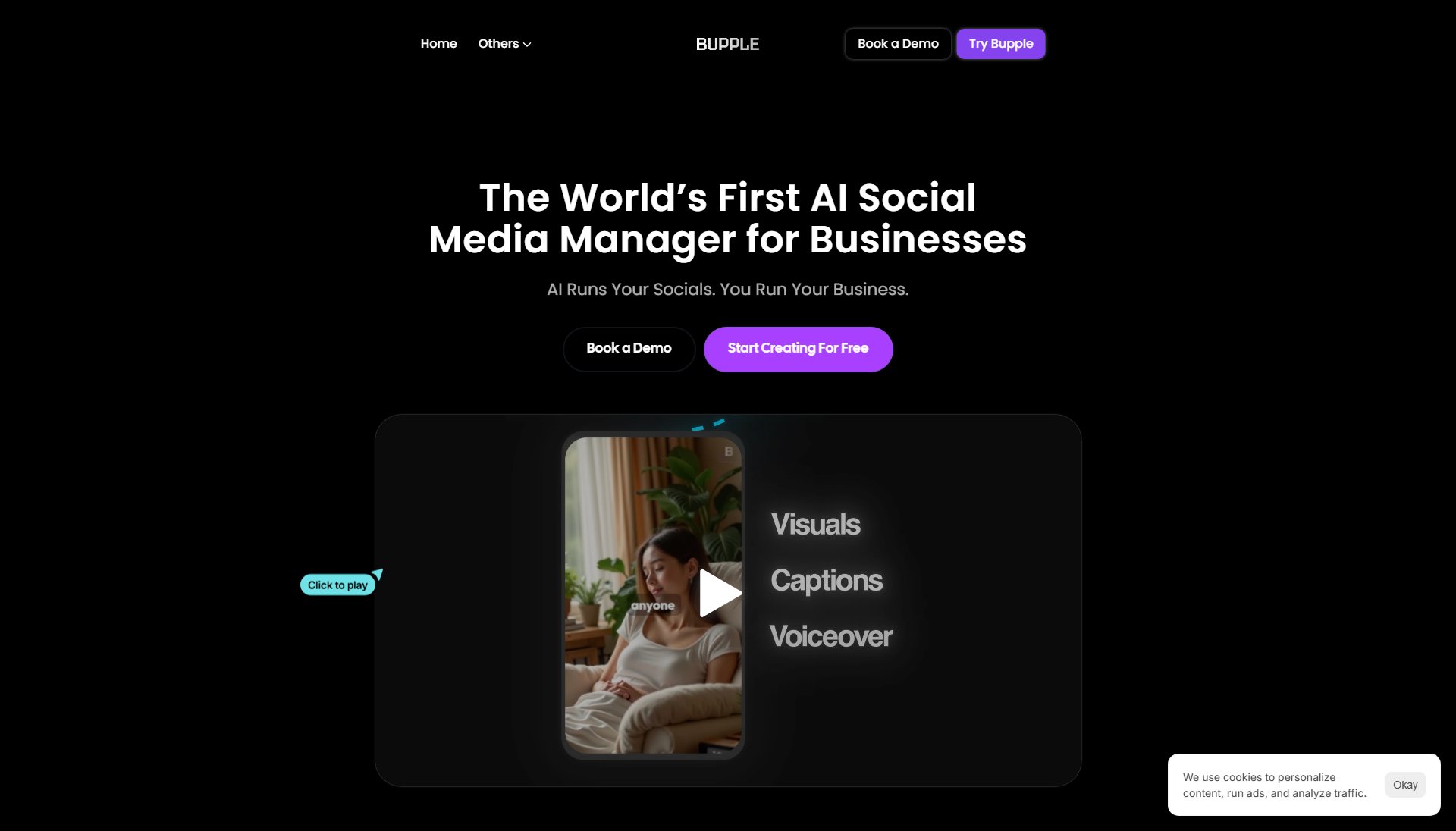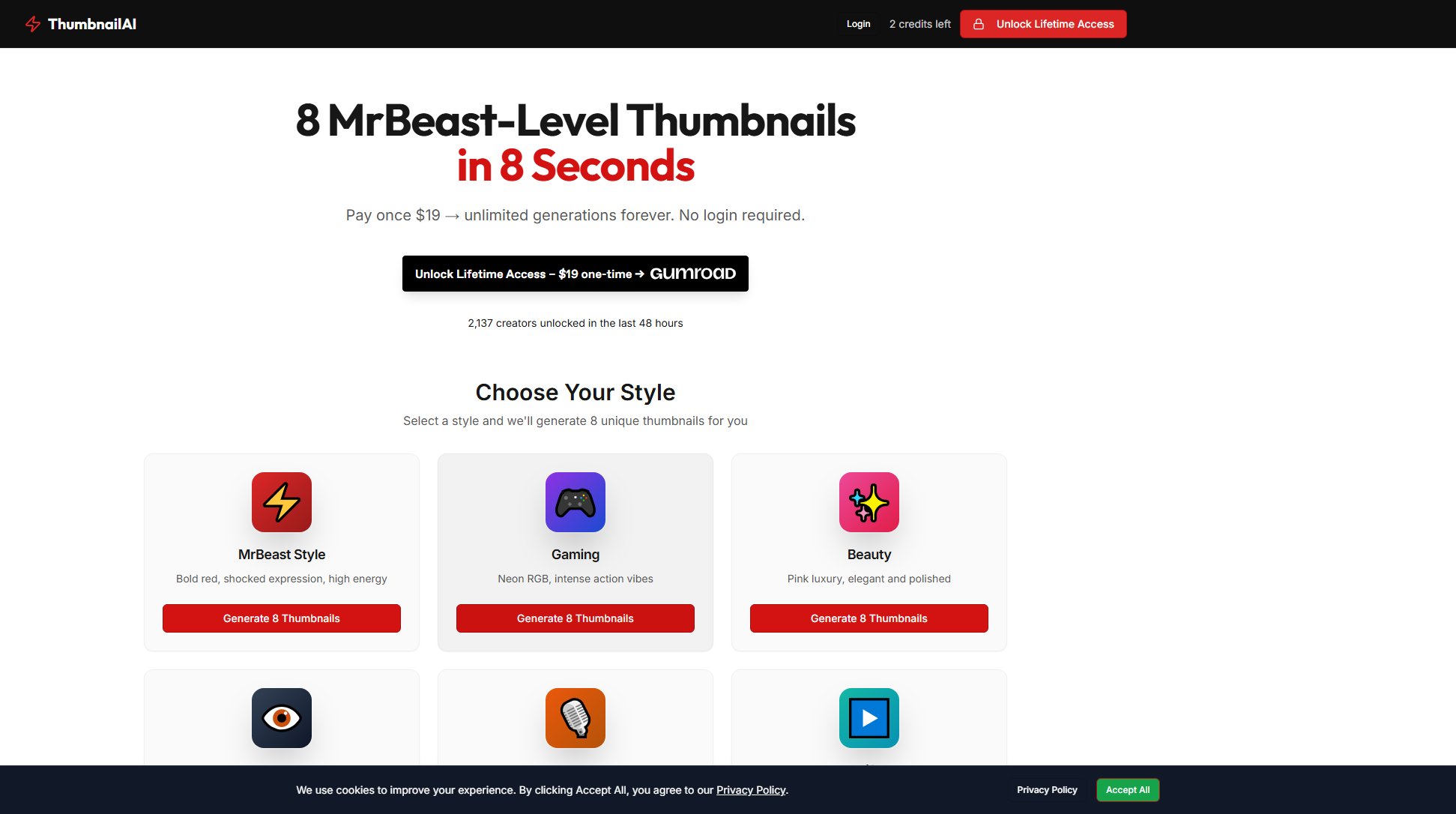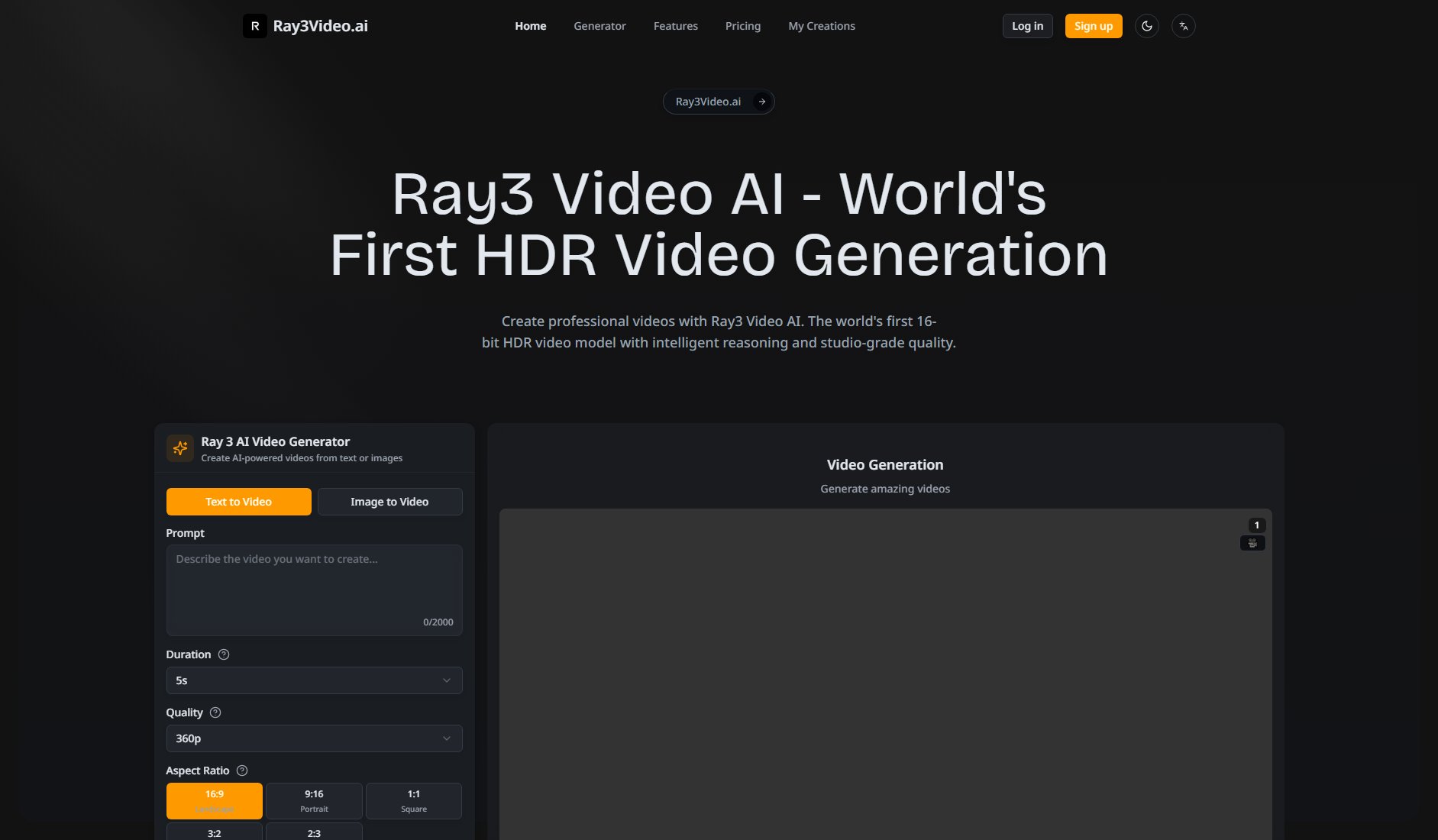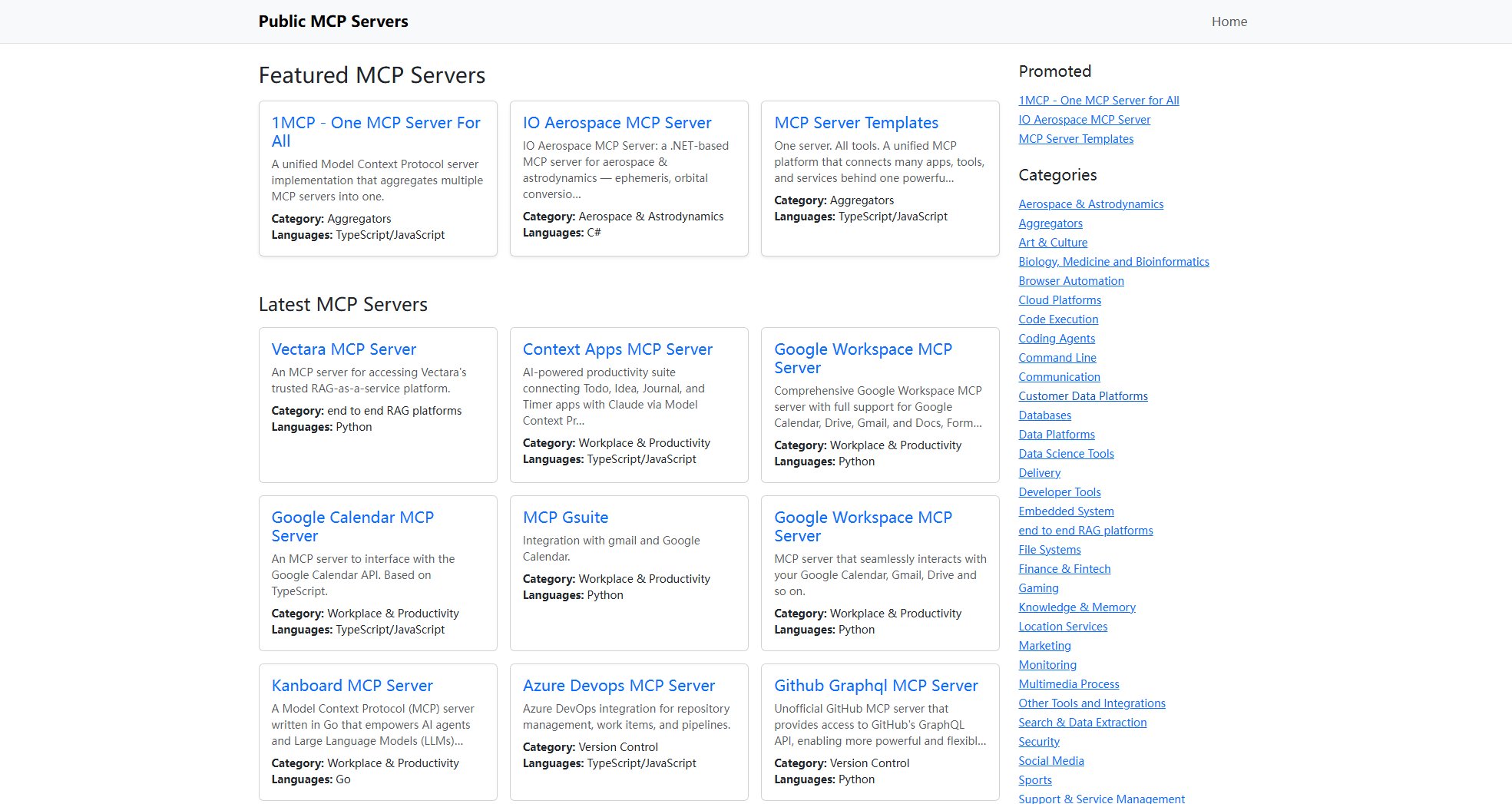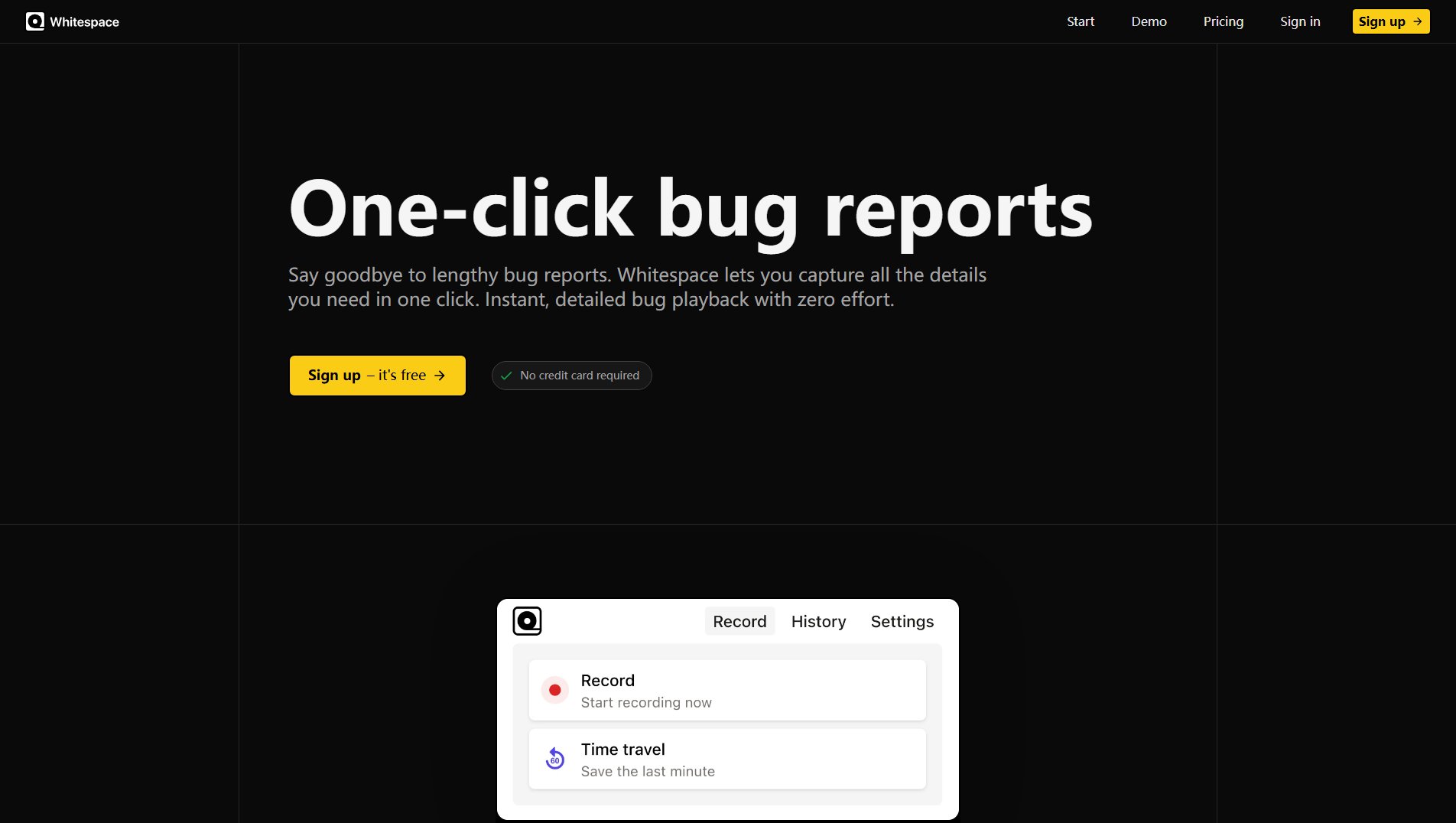Mnemosphere
AI-powered productivity for high-performers with multi-model intelligence
What is Mnemosphere? Complete Overview
Mnemosphere is an advanced AI platform designed for elite achievers and high-performers who demand more than standard chatbot responses. It combines cutting-edge AI models with unique productivity features to transform how professionals research, analyze, and create content. The platform stands out by offering simultaneous access to multiple frontier AI models (including GPT-5, Claude Sonnet 4, Gemini 2.5 Pro, and others) with the ability to compare their responses in real-time. Mnemosphere solves key pain points in AI-assisted work by providing tools for deep research, critical analysis, and knowledge organization. Its target audience includes researchers, analysts, content creators, and business professionals who need to process complex information efficiently and gain multiple perspectives on challenging topics.
Mnemosphere Interface & Screenshots
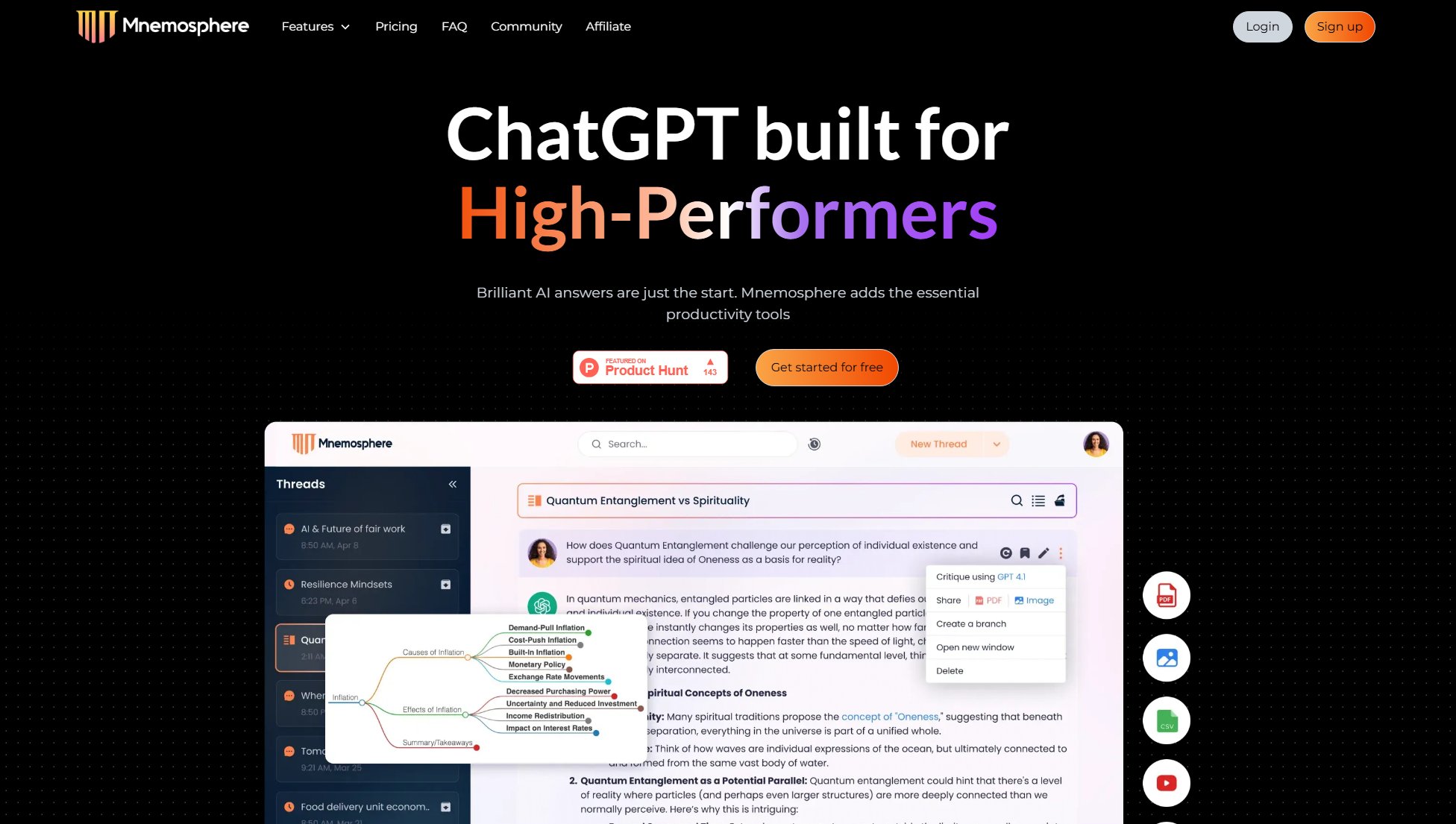
Mnemosphere Official screenshot of the tool interface
What Can Mnemosphere Do? Key Features
Multi-Model Streaming
Compare responses from up to 3 different AI models simultaneously, presented side-by-side for easy comparison. This feature allows users to select their preferred model mix and change it anytime during the conversation. The models maintain awareness of each other's responses, enabling dynamic interactions where you can ask one model to comment on another's answer.
Model Identity Awareness
A groundbreaking feature that allows AI models to recognize and reference each other's contributions. Users can ask questions like 'Hey GPT-4o! What do you think about Claude's last answer?' or 'Hey Gemini! Build upon Grok's idea.' This creates a collaborative environment where models can debate, build upon each other's ideas, or provide alternative perspectives.
Instant Mindmaps
Transform any AI response into a visual mindmap with one click. This helps users quickly see key ideas, connections, and relationships they might otherwise miss. The mindmap feature is particularly valuable for complex topics where visual representation aids understanding and retention.
Critique Responses
Get automatic analysis of AI responses that highlights flaws, gaps, and alternative viewpoints. This feature turns passive reading into active thinking by providing missing context and challenging assumptions. It's especially useful for due diligence and critical analysis of information.
YouTube Video Research
Go beyond simple video summarization. Mnemosphere allows users to query specific timestamp references and ask questions about user comments. This transforms video content into researchable material where key information can be precisely located and analyzed.
Thread Branching
Explore side ideas without cluttering your main conversation. Users can create branches that carry context from the primary thread, keeping research organized while allowing exploration of tangential ideas. This mimics how human thought naturally branches while maintaining structure.
Smart Formatting
Automatic rendering of LaTeX equations, syntax-highlighted code blocks, and interactive mindmaps. The platform intelligently formats responses based on content type, making technical and complex information more accessible and usable.
Chat Index
A table of contents for lengthy conversations, allowing easy navigation between questions and topics. This solves the problem of overwhelming, sprawling chat histories by providing structure and quick access to key discussion points.
Best Mnemosphere Use Cases & Applications
Competitive Market Analysis
A business strategist uses Mnemosphere to gather and compare perspectives on market trends from different AI models. By asking GPT-5, Claude, and Gemini to analyze the same dataset, they identify consensus points and divergent opinions, leading to a more nuanced understanding of competitive dynamics.
Academic Research
A researcher uploads multiple PDFs of scientific papers and uses Mnemosphere's multi-model analysis to identify connections between studies. The critique feature helps spot potential flaws in methodologies, while mindmaps visually organize key findings across the literature.
Content Creation
A writer generates draft content using different AI models, then uses Model Identity Awareness to have each model critique and build upon the others' suggestions. This results in more refined, well-rounded content that combines the strengths of multiple AI approaches.
Technical Problem Solving
An engineer troubleshoots a complex coding issue by getting solutions from different AI models. The side-by-side comparison reveals alternative approaches, while the code block formatting makes implementation straightforward. Thread branching helps explore different solution paths without losing the main thread.
Educational Video Analysis
A student researches a topic by querying specific moments in lecture videos. They can ask timestamp-specific questions and analyze viewer comments through the AI models, creating a comprehensive understanding beyond simple video summarization.
How to Use Mnemosphere: Step-by-Step Guide
Sign up for a free account or choose a paid plan that suits your needs. The free plan offers access to basic models with limited messages, while paid plans unlock all frontier models and advanced features.
Select your preferred AI models (up to 3) from the available options including GPT-5, Claude Sonnet 4, Gemini 2.5 Pro, and others. You can change this selection anytime during your session.
Enter your prompt or question. You can enhance it with file attachments (PDFs, spreadsheets, code files, or YouTube URLs) for context-aware responses. The system will simultaneously process your query through all selected models.
Compare the streaming responses side-by-side. Use features like 'Critique' to analyze responses, or ask follow-up questions that reference specific model answers ('What does GPT-4 think about Claude's suggestion?').
Organize and visualize insights using mindmaps, thread branching for side topics, and bookmarks for important moments. Export your conversation or specific responses in various formats as needed.
For advanced research, use parallel windows to compare different segments of your conversation, or employ the YouTube research features to analyze video content in depth.
Mnemosphere Pros and Cons: Honest Review
Pros
Considerations
Is Mnemosphere Worth It? FAQ & Reviews
Mnemosphere supports leading AI models including GPT-5, Claude Sonnet 4, Gemini 2.5 Pro, Grok 4, and Perplexity Sonar. It also includes specialized reasoning models like o3 (OpenAI), Claude Opus 4.1 for extended thinking, and Deepseek R1.
You can upload PDFs, CSV/Excel files, images, code files (.py, .html, .json, .js), YouTube URLs, and webpage URLs. The free plan allows up to 2 attachments per thread, while paid plans offer unlimited attachments.
You can select up to 3 models to respond to your prompt simultaneously. Responses stream side-by-side for easy comparison. You can change your model mix anytime during the conversation, and all selected models will respond to follow-up questions while maintaining awareness of each other's contributions.
No, Mnemosphere does not train its models with user data, even on the free plan. User privacy is a top priority, and your conversations remain confidential.
Yes, all models can perform automatic web searches when a prompt requires current information. This ensures you get up-to-date answers when needed.
Currently, Mnemosphere focuses on text-based AI models and does not support image or video generation.
